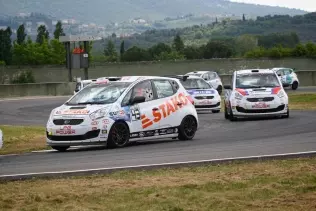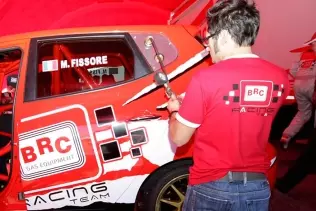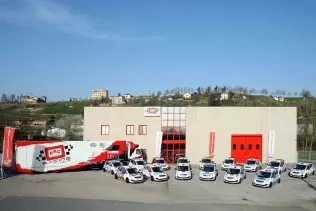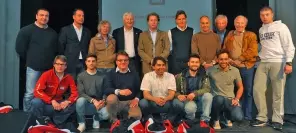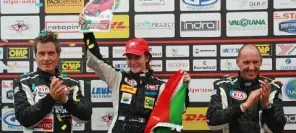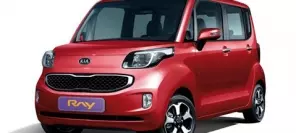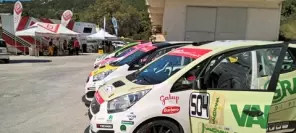- Main page
- Search
- Up to date
- Products
- Technology
- Vehicles
- Video
- Conversion Payback Simulator
Port Injection - Conversion Payback Simulator
Direct Injection - Conversion Payback Simulator
Diesel - Newsletter
Green Scout Cup - LPG-powered racing
 loading results...
loading results...
The uniqueness of the Green Scout Cup is the fact that all the competing cars (identical Kia Vengas) are autogas-powered. They have been equipped with 16-valve, 1,6-litre engines generating 130 PS of power and 155 Nm of torque. And even though autogas makes the vehicles more economical than they would be on petrol, they still consume quite a bit of fuel – 1 litre per each 4 km, which translates to 25 l/100 km. But then, these are racing cars, so what else could you expect?
Autogas systems for the racers come from BRC and consist of typical components coming straight off the Italian company's assembly lines. The cup allows the manufacturer to test them thoroughly under the demanding conditions of racing, where high loads are practically constant. The major difference between the systems used for Vengas and regular ones is that these are monofuel ones, with no petrol whatsoever. The cars are converted by BRC Racing Team, a BRC's division responsible for the entire project.
The LPG fuel system uses a single-stage, membrane-type Genius Max reducer. It supplies autogas at 150 kPa (as relative to the pressure inside the intake manifold) and is efficient enough to be installed on engines with up to 240 kW (326 PS) of power. The autogas tank is out of the ordinary – it has been integrated into the car's monocoque body structure and holds 48 l of fuel. It is refueled by means of two valves making the procedure shorter, which is of great importance when it comes to racing. Ever since the cup started in 2011, tanks for the Vengas have been supplied by the Polish company STAKO. They have been designed and made for this particular purpose, but in terms of safety and reliability are just like STAKO's regular, off-the-assembly-line tanks.
As for the cars, obviously they are not quite stock examples, either. Power is transfered to the front wheels (17” rims with 205/40 tyres) through a sequential Quaife gearbox. The brakes have been modified, too – there are two pumps and 6-piston race calipers up front, always ready and eager to grasp the 332 mm discs (rear discs are 255 mm in diameter).
As we have already said, the cup has been held since 2011. This is the first national championship in Italy to feature LPG-powered vehicles and is organised entirely by BRC. In the 2012 season, there were 15 contestants proving their valour in 6 races (held at Mugello, Franciacorta, Magione, Imola, Vallelunga and Adria cicuits). One of the teams was sponsored by STAKO, now a part of the international American company Worthington Industries. STAKO took the season's title in the sponsors category. The individual champion title went to Jimmy Ghione, before runners-up Gabriele Volpato and Alessandra Brena, the Green Scout Cup's fastest woman.
Zobacz stronę producenta:
BRC